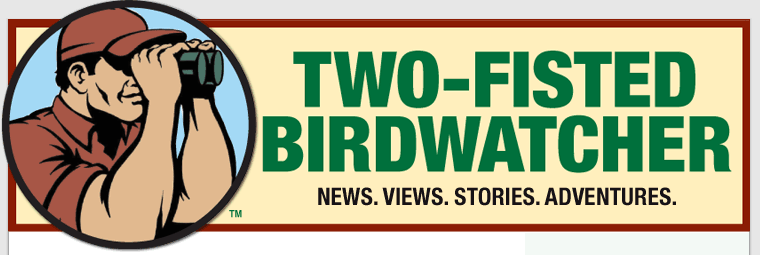It’s not CNN’s “live feed” of oil gushing from the sea floor in the Gulf. That’s not news. It’s olds. News does that. Gets old fast. We won’t add to the million voices bitching about the broken well. No point. It’s like bitching about the Cubs. No point.
You can’t stop oil from spoiling the Gulf. It might spoil your day, thinking about it. So you turn away from news of the Gulf’s ruination. Then you see the one picture that stops you cold.
It’s not going to be a picture of tarred and feathered birds. We’ve seen those. Remember Alaska? No, what makes your blood freeze is new: a close-up of reeds in swampland. The reeds sit in orange, sludgy wavelets. The oil, or whatever the hell it is, reached the Gulf’s complicated swampy shoreline.
We knew this blob would screw up open waters. We knew it would mess up fish, birds and business. We can’t stop it. (Seems nobody can, but the world of investigative journalism is working that issue).
Okay, you figure, the sea has lost, and is lost. Maybe the authorities will skim some sludge away, but you don’t know how that works.
The unthinkable thing is that sludge would get into the wetlands. That it would stick to cypress and mangrove roots, and coat the weeds, reeds and rushes where nobody can go. That it would get into root systems of steamy jungle plants. That it would get into alligators’ eyes.
You can’t skim it away once it’s in there. That’s the picture you didn’t want to see but just did. Green stalks of swamp grass coated with orange stuff floating in an orange swamp.
As Ed Abbey once said, the unthinkable was always thinkable.
